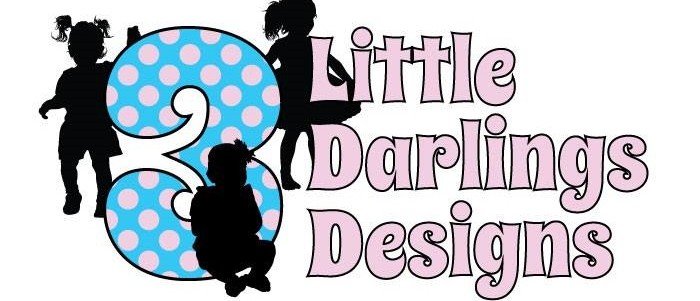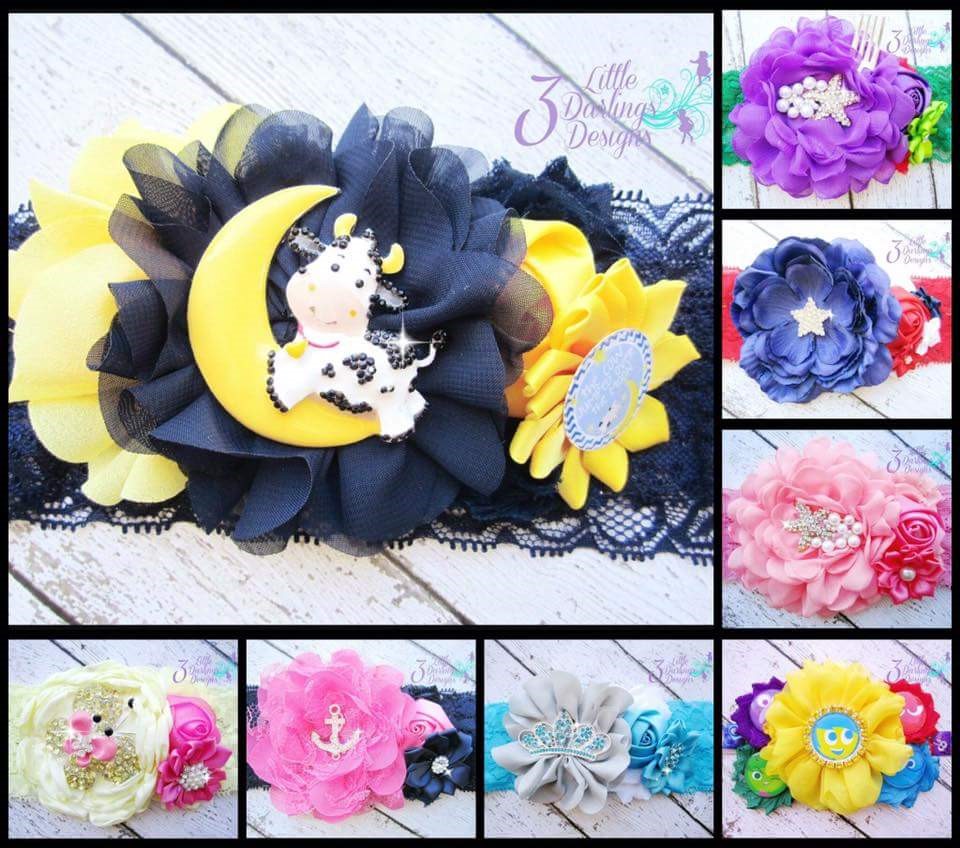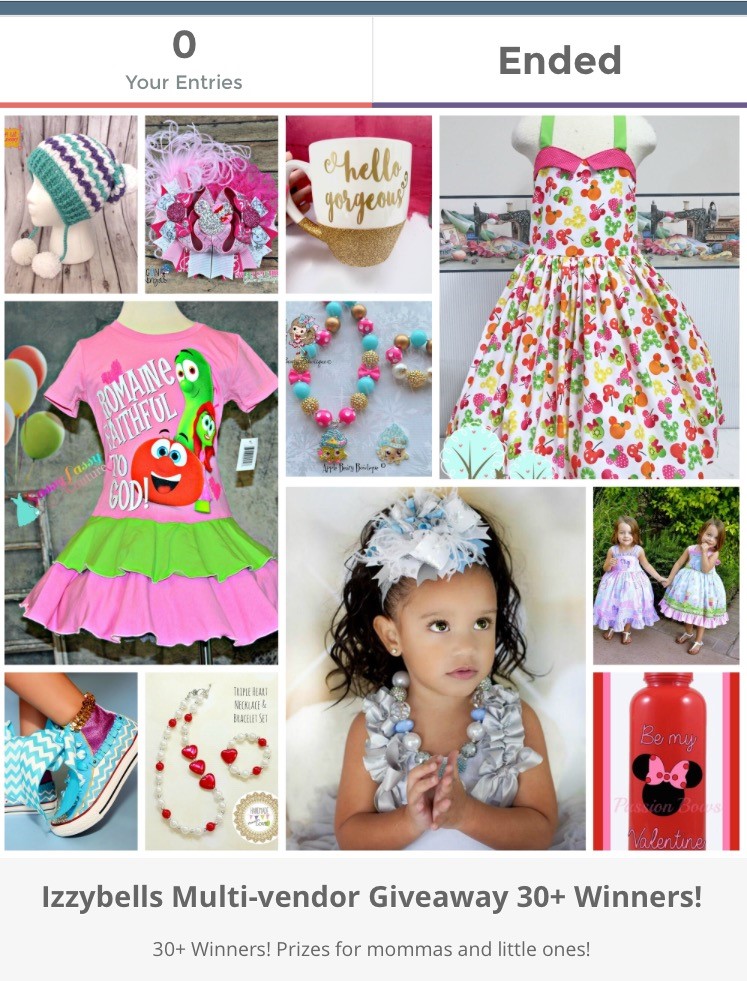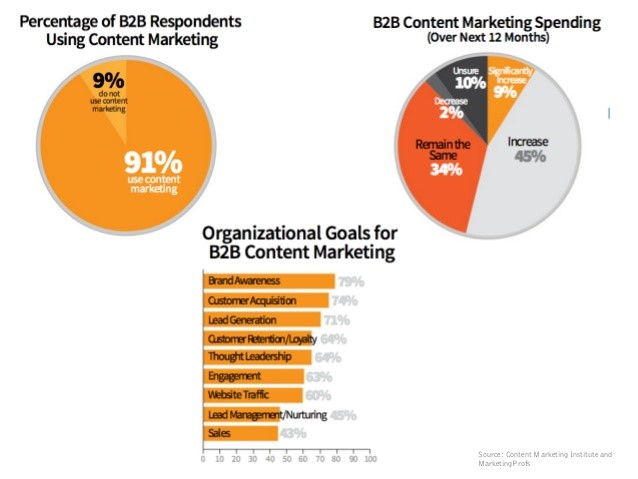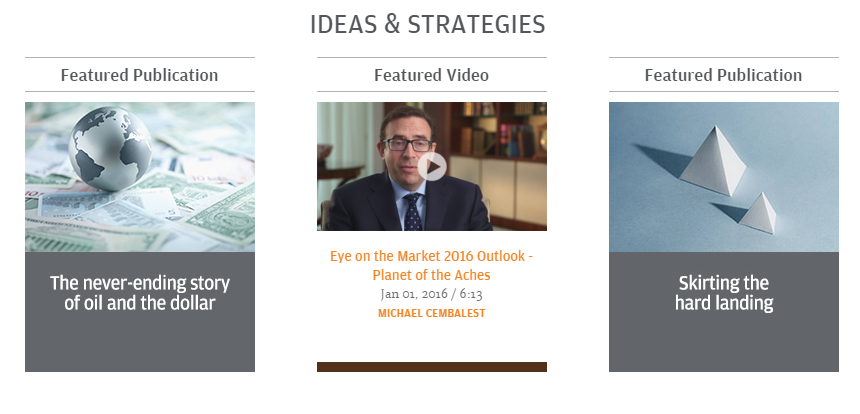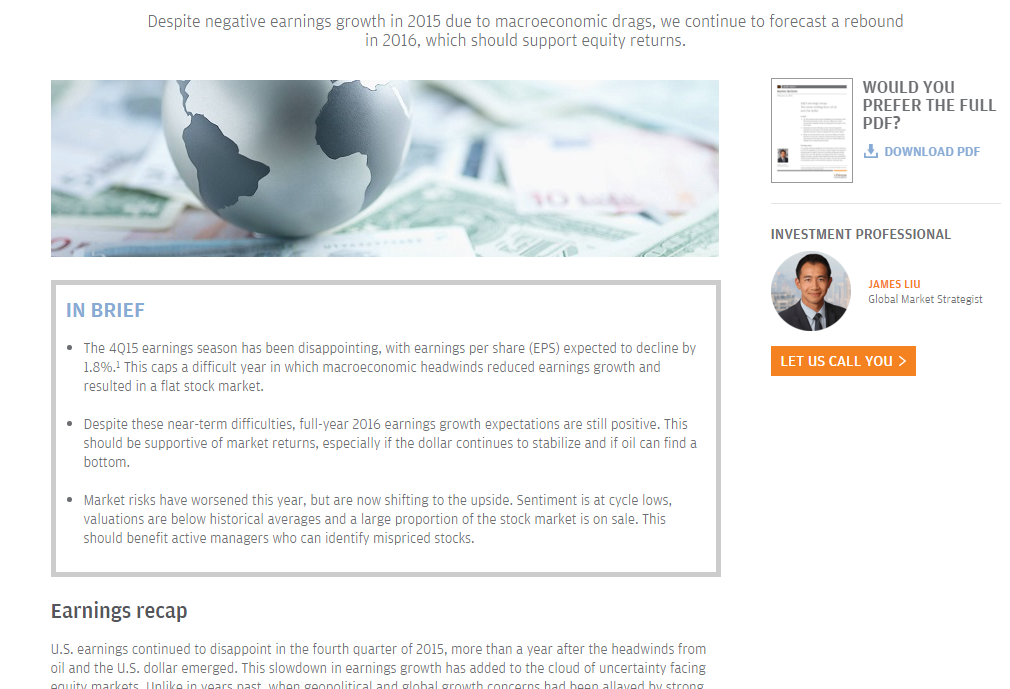It’s often said, “If you’re not online, then you essentially don’t exist.” According to a recent survey by Enquiro, 85.3 percent of buyers use the Internet before making a purchasing decision, and 77.7 percent of buyers say their research starts with Google. With the ever-growing population of businesses online, more specifically on social media, it can be hard to stand out from your competition.
So is it still possible for a small business owner to find success on social media? Absolutely!
Jessica Gordon, the owner of Three Little Darlings Designs, turned her custom bow business into a company grossing over $250,000 in less than three years primarily using Facebook.
Like many businesses, Gordon’s company was conceived out of necessity. “When I found out I was pregnant with a little girl I knew I wanted to dress her up as girly as possible, especially after having a rough and tumble little boy. After she was born, I started purchasing hair accessories for her that were terrible quality! That’s when I decided I could make them myself. After making a few and having her wear them out, I was astounded at how many compliments we were getting and how many people were asking where I purchased them. That’s when I decided to start making and selling them,” she shared.
Despite her busy schedule running a growing business, Gordon took the time to provide us with some insights about her experience and the strategies that helped lead her to such success.
”
Did you start with a few products or offer a large variety right away?
I started off small, but then after the first month, I realized I needed to increase the inventory and started making/selling about 100 new pieces each week. I knew I wanted to make ONE-OF-A-KIND pieces, but after a while, more and more people wanted the same items, so I then began making similar pieces to keep up with supply and demand. I pride myself on creating unique, one-of-a-kind pieces while still offering custom orders where people can make them however they’d like.
How did you decide what your marketing plan was going to be?
Honestly, I didn’t have a marketing plan at all. I knew I would have to promote the business, but relied HEAVILY on word of mouth at first.
Despite not having a marketing plan, Gordon knew from the beginning that she wanted to sell her products online rather than at festivals and craft fairs. In fact, she reported that 95 percent of her business comes from online sales.
I initially started with a Facebook business page, expanded to Etsy, closed the Etsy after I realized how costly it was to sell on there, then moved most of my sales and business exchanges to a private closed business group on Facebook.
Gordon’s Facebook page has over 28,000 likes and her Facebook group has over 5,000 members. Sales are made primarily via Facebook. To order, customers browse through photos of design options and comment on a photo with their email address. They finalize what they want to purchase by conversing with Jessica directly on the post, and they receive their invoice via PayPal.
Did/do you use online ads? If so, what range of a budget did you start with? How did you learn to do them correctly?
I didn’t do much in the form of online advertising other than paying to promote posts on the Facebook business page. In the beginning, it was hard figuring out exactly what Facebook wanted me to do in regards to advertisement. Facebook business pages are tricky. The more people who like or comment on a photo or post, the more Facebook allows that post/photo to reach your entire audience. Sometimes, I would only reach about 100 people out of my 28,000 fans, which is how Facebook gets you to pay to promote. For me, paying Facebook to promote my posts was a big waste.
Once she discovered that promoting her posts wasn’t the answer, Gordon made two major moves that had an incredible impact on her business. She participated in large group giveaways, as well as started a closed Facebook group to accompany her Facebook page.
What helped a ton was being a part of massive group giveaways on Facebook. Giveaways were my biggest tool for increasing my online presence. People would have to “like” my page to be entered in the giveaway. After they had liked the page, I strived to “reel” them in and make them want to buy items [with discounts, rewards for purchasing or entrance into another giveaway as a ‘thank you’ for purchasing]. Budget-wise, I started with $400 – $500/month, and I now budget only about $150 a month for advertising.
Gordon initially split her budget between the product costs for the giveaways and about $100 for advertising on Facebook. Giveaways are easy to implement into your own online ventures. You can find group giveaway opportunities such as the ones mentioned here and here, or you can run your contest on your own social media profiles or website. Be cautious, though, because there are several new Facebook rules and federal laws involved in running giveaways. Take the time to make sure you understand them. Texas blogger Taylor Bradford of Pink Heels, Pink Truck offers additional tips and suggestions for making sure you’re staying on the right side of the law with regards to giveaways.
Gordon addressed the recent Facebook policy change and how her move to a closed group allowed her a way of getting around the restrictions: Up until last year, Facebook would allow LARGE group giveaways through Rafflecopter. One business would promote the giveaway and get TONS of other online boutiques to “give away” items, store credits, etc… Then, when the giveaway contest opened, if people wanted to be entered, they would have to “like” every page via the Rafflecopter giveaway form in order to have their name submitted into the drawing. When the giveaway was over, Rafflecopter would randomly choose a winner for each prize. The winner would contact us and then they would get their prize. Once this method was banned from Facebook, we had to get creative and do giveaways another way. We still do big giveaways, but we have people join our Facebook groups (via a link in Rafflecopter or manually) rather than having to “like” a Facebook page to enter.
Below is an example of one of the large group giveaways Gordon participated in through Gleam. She posted about it on her Facebook page and noted that readers must follow the link in the comments to enter.
Once someone followed the link, they were instructed that the way to enter the contest was to join Gordon’s group as well as to participate with the requests from the other businesses that were part of the giveaway. (Entry options are visible below the contest photo only when a giveaway campaign is open.)
In addition to group giveaways, Gordon also does her own individual giveaways.
When I conduct personal giveaways, it’s much more laid back. I just mention it on my page, and promote it in my group. For example, I just ran a giveaway in my group to celebrate reaching 5,000 customers – I gave away a $50 store credit and all people had to do to enter was make a purchase that week. I placed everyone’s name into random.org, created a randomized list, and the top person was the winner. I also do giveaways where I will ask people to “invite” their friends to the group to win a certain prize. This helps generate more customers.
How do you make sure that people actually see your product and giveaway posts?
This is one of the beauties of a group. Once I moved my business to a closed Facebook group, it made it so that EVERYONE sees my posts if they’re members, and I don’t have to worry about posts NOT being in people’s Facebook timelines like I would if I just had a page.
Once someone joins a group, they automatically start receiving notifications of new posts to the group. So, they never miss a post. Members can choose to stop receiving notifications, but this opt-out option is something they must do manually. On a side note, Gordon mentioned that there are additional benefits of having a group rather than just a page. I can be very selective with who I allow in my group, which helps me avoid any people trying to phish for my customers, steal my ideas, etc.
Facebook groups can be set up by anyone and for almost any reason. It’s easy to learn how to set up a group properly, but keep in mind some Do’s and Don’ts of Facebook groups. For example, a major pet peeve for many users is when someone adds them to a group without their permission. Doing so could cause you to lose a potential new customer.
So, if you don’t just automatically add people to groups without their permission, how are you able to get people to join your group?
One way Gordon incentivizes people to join her group is to post about a prize via her Facebook page, which requires joining the closed group in order to enter the contest. Because she made the Facebook group a closed group, this means that you must be a member in order to see things that are posted in the group. So, if you’re not a member, you miss out. You won’t see what the current giveaway or sale is. Here’s an example of one of her recent incentive posts:
To further emphasize the sense of exclusivity offered by joining the group, Gordon uses almost every post on her Facebook page to remind her audience that joining the Facebook group will give them access to new items and exclusive sales that aren’t visible on the Facebook page.
She admits that it takes a bit more time to do separate posts, but that it’s worth it to spend the extra time trying to get people to join the group since you know they’re more likely to see your posts once they join.
Speaking of time, how much time do you spend per day on social media promoting your company, engaging with customers, and providing customer service?
Now, I spend about 2 hours a day promoting, engaging customers, answering emails, and discussing design ideas.
She posts at least once a day on the page and multiple times per day in the group. Posts include giveaways, new product photos, and fun posts that illicit engagement, such as the light-hearted post pictured below.
Do you outsource any of your business?
I do EVERYTHING myself – design, production, shipping, invoicing, advertising, etc. It’s a lot of work, but I love it. I do have an administrator who has recently started advertising for me on Instagram and helping to promote my page on Facebook. What tool do you use to create your posts? I use PicMonkey for collages, images, and designs. It’s a great online photo-editing tool. For a small fee each year, I can create virtually all of the graphics I need for my business without the hassle of Photoshop. It’s VERY user-friendly and allows me to edit photos quickly and easily.
Have you dealt with competitors being nasty online?
Oh, let me tell you: When you’re at the top, you have some haters, sadly… I’ve had to deal with my fair share of competitors, copycats, and even customers-turned-business-owners, who not only tried to steal my customers by inviting them to their new business page, but also tried to sell my hair accessories as their own. You name it; I’ve dealt with it. But I pride myself on running a topnotch business and strive to have an open line of communication with my customers – so when things like this happen, they are normally the first to message me to let me know. They have my back. Watermarks also help a ton, so people don’t steal my pictures and use them as their own!
What is something you wish everyone knew?
Developing a successful online business takes a lot of hard work and dedication. In just three years, I have seen countless other businesses begin and end because of the amount of time it actually takes. Often, people forget that there’s a person behind the computer – like a real person, mom, wife, etc. who doesn’t spend every waking minute on the computer or checking their phone to answer messages or make a sale. Having a supportive family/partner is key and setting a schedule for when you are going to work is extremely important and beneficial to the success of your business. I’m a work-at-home mom and have a six-year-old and three-year-old. My six-year-old just started kindergarten this year, and I enrolled my daughter in preschool three days a week (just for 2.5 hours) so I get some extra time during the day to do some work. I also work after my children go to sleep until all hours of the night. It’s not ideal, but it allows me to be with them during the day/evening and still bring in a substantial income for our family’s needs.
Gordon has certainly done a great job bringing in that substantial income for her family and has great advice to share. She is a prime example of the amount of success that can come along with determination, hard work, great customer service, and a willingness to learn and adapt along the way.

